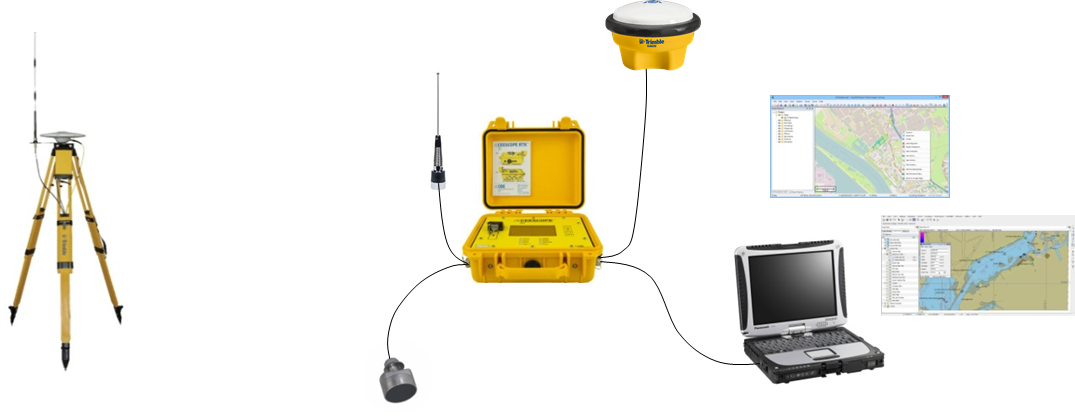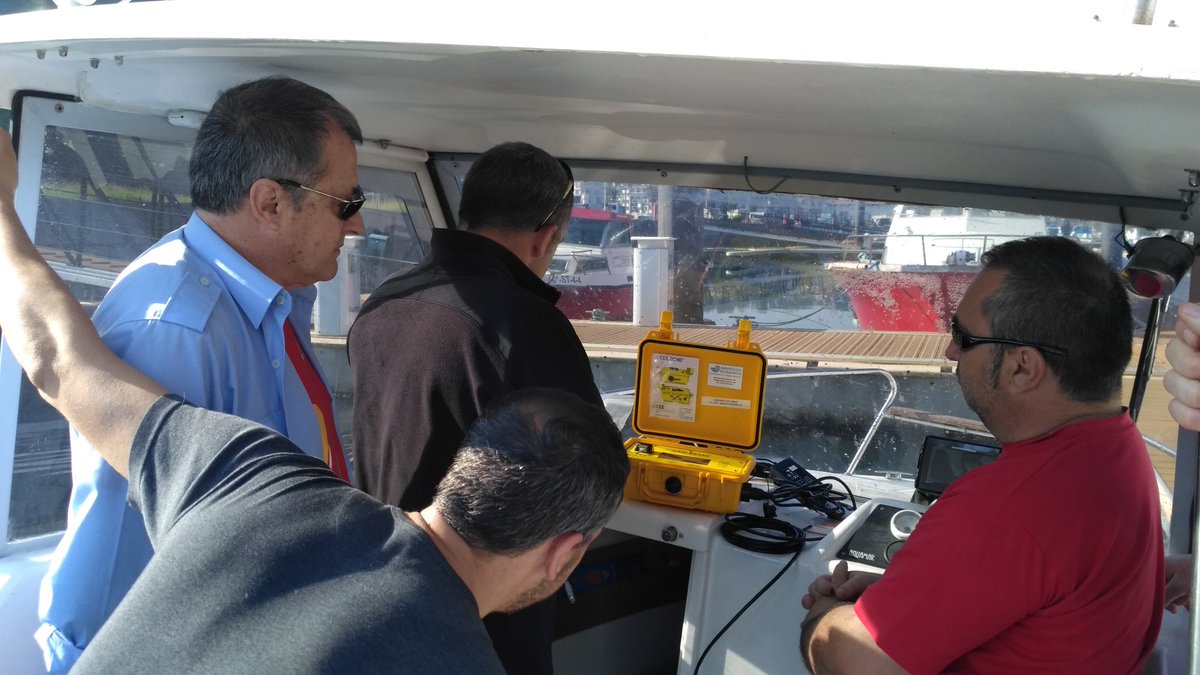
One survey, in particular, returned unexpected results, revealing a suspended layer within the water column. This not only affected the survey vessels we used, but it also challenged our SBES system. THE CHALLENGE OF SUSPENDED SEDIMENTSĪs sediment levels increased, our monitoring efforts were impacted by suspended sediment in the tailings dam. While the use of USVs is becoming more common, unmanned vessels may not always be the most efficient choice in challenging shallow-water environments. Our experience highlights the ongoing value of using manned vessels in shallow water surveying. Surveying an environment subject to continuous change (like a tailings dam) requires a flexible approach. The USV was easy to launch without a boat ramp, however using the USVs were found to be more difficult and a lot more time-consuming than manned vessels. It was always more difficult to manoeuvre USVs in the dam, navigating them around dredge pipes and distant banks with submerged shoals. It became impossible to understand the thickness of the tailings from a USV alone, requiring greater use of manned vessels. The ability of our manned vessels to immediately validate SBES observations became invaluable as the acoustic conditions deteriorated during the project. While our manned vessels were more difficult to launch than USVs, having qualified staff on the water provided the best possible understanding of the changing environment, which was impossible to capture from the water’s edge. Over time, we found manned vessels were far more efficient than the USVs in undertaking survey operations at the tailings dam. It is difficult to validate the observations from unmanned surveys as tailings continue to be deposited into the dam, without on-water confirmation (only possible with a manned vessel). While effective at the start of the project, USVs ended up providing the poorest understanding of the environment as the water column filled with sediment.

Less efficient than 4m open hull with outboard motorIncreased risk of exposure to tailings/waterĪs the table shows, USVs were easy to launch and didn’t require personnel to be on the water. Least efficientNo understanding of environment for the hydrographer in the middle of the damĭidn’t require a boat ramp to launchProvided the best understanding of the environment for the hydrographer No personnel on waterDidn’t require a boat ramp to launch Most efficientProvided the best understanding of the environment for the hydrographer The table below indicates the relative strength and weakness of each vessel used: Vessel Our challenge was to choose the right vessel to provide effective survey results, which became more critical as the condition of the dam deteriorated. We found that each vessel used in the project had different strengths and weaknesses. We used several manned and unmanned vessels during the four-year project to monitor the condition and capacity of the tailings dam.

Using high and low-frequency SBES to monitor the build-up of sediment on the dam floor. We utilized both manned and unmanned vessels during the project. This presented a challenge as we continued to monitor conditions throughout the four-year project. As sediment levels increased and the tailings dam progressed through its lifespan, the acoustic environment and the water column deteriorated.

The initial surveys were conducted in a good acoustic environment with a generally clear water column.

#CEESCOPE HYPACK SERIES#
Total Hydrographic conducted a series of dual-frequency SBES surveys at a mineral sand mine located in Australia. The project revealed the ongoing need for manned surveying, especially when monitoring acoustically and navigationally challenging environments. Our vessels are equipped with dual-frequency Single Beam Echo Sounders (SBES). Survey was conducted utilising manned and unmanned vessels. Over a four-year period, Total Hydrographic undertook a project at a mineral sand mine to survey the condition of the mine’s dredge pond. An Australian project reveals surprising results at mineral sands mine


 0 kommentar(er)
0 kommentar(er)
